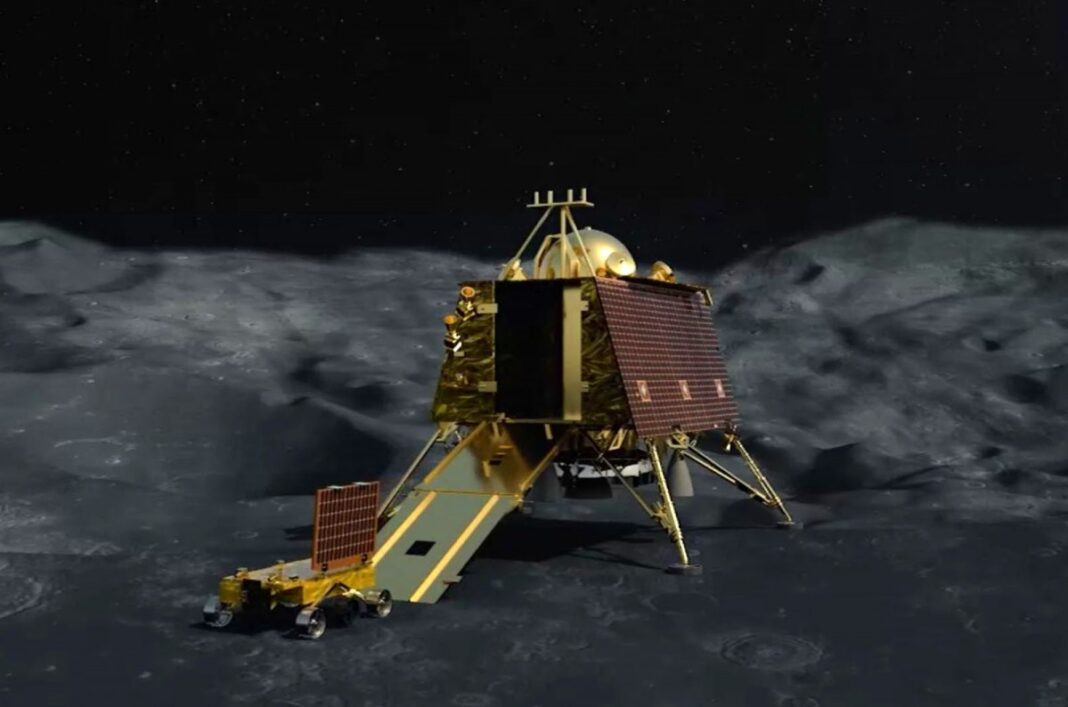The Chandrayaan-3 mission is being launched by the Indian Space Research Organisation (ISRO) with the goal of successfully landing a rover on the lunar surface, four years after the Chandrayaan-2 project encountered difficulties. After the successful landing, Vikram will reveal Pragyaan, a six-wheeled rover that is roughly the size of a coffee table and will explore the Moon’s surface. India would join the United States, Russia, and China in the elite group of countries that have operated rovers on the moon thanks to this outstanding accomplishment.
Chandrayaan-3 serves as a “proving mission,” showcasing India’s prowess in space exploration by demonstrating its ability to land and navigate on the lunar surface. On July 14, 2023, the Launch Vehicle Mark III, affectionately named “Bahubali,” initiated the journey. This robust launch vehicle will play a pivotal role in the forthcoming Gaganyaan mission, transporting Indian astronauts.
Following a successful landing, the Pragyaan rover and Vikram will execute various experiments. These include analyzing the Moon’s composition and soil, collecting thermal data from the lunar polar region, monitoring seismic activity, and calculating the Earth-lunar South Pole distance.
Limited to a mere 14 days, corresponding to the available daylight near the landing site, the mission’s duration will conclude with Vikram and Pragyaan losing power. Simultaneously, the Chandrayaan-3 mothership will continue its scientific endeavors while orbiting the Moon, affording researchers a distinctive view of Earth.
With anticipation, India’s scientific community and global space enthusiasts watch as the Chandrayaan-3 mission unfolds. This bold initiative not only aims to deepen our lunar comprehension but also cements India’s ascent as a formidable player in space exploration, with aspirations transcending the confines of our planet.



